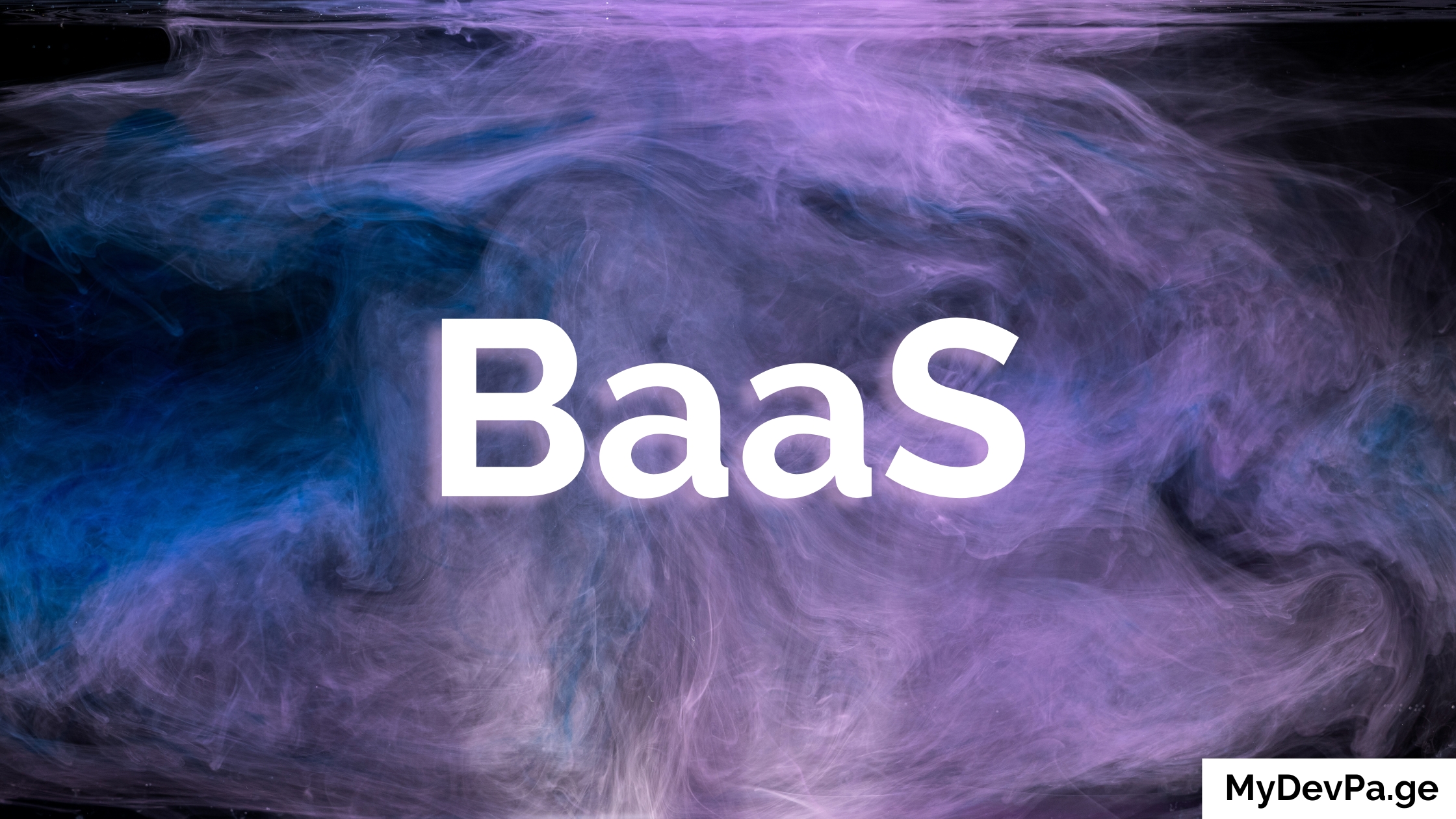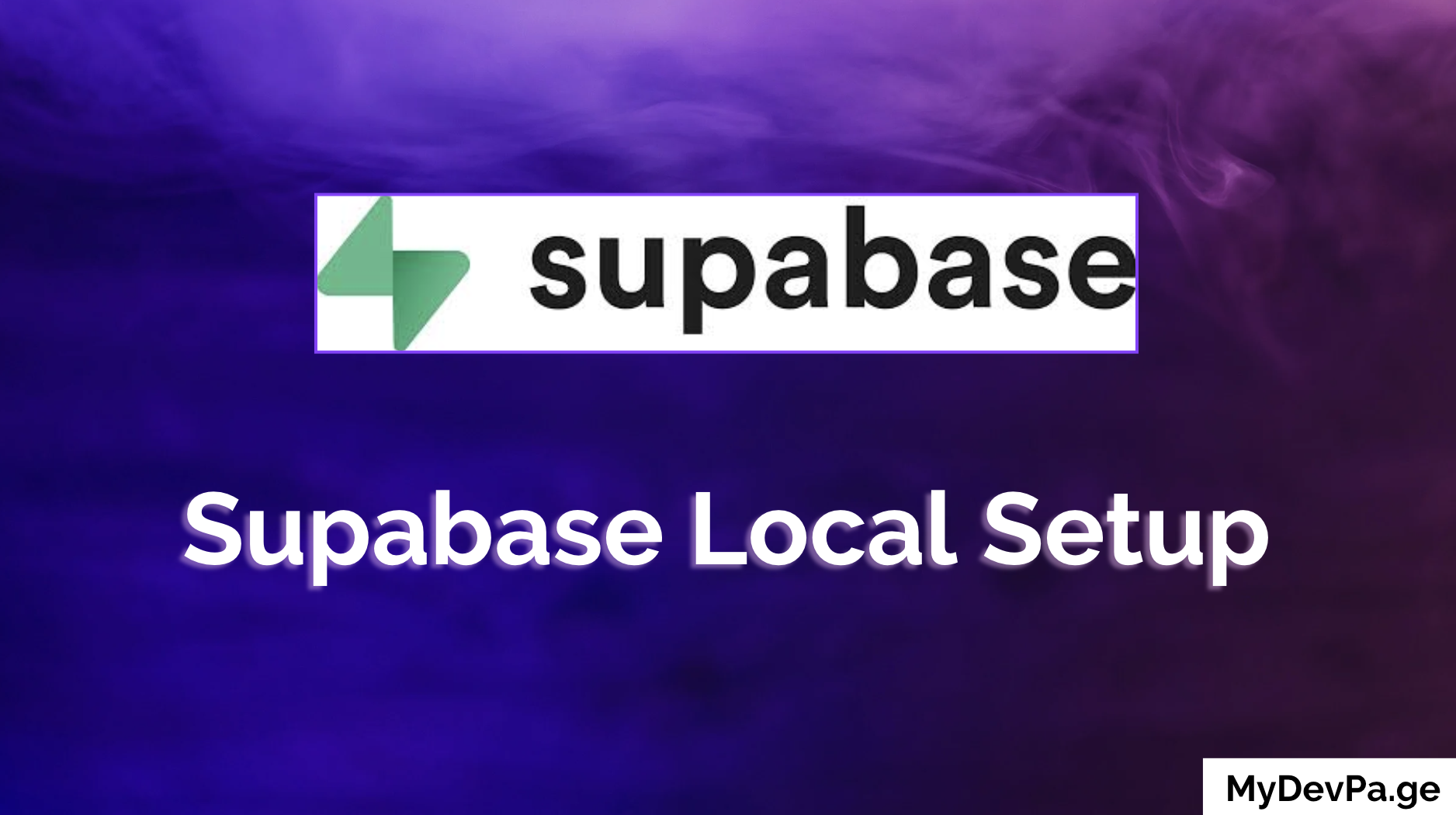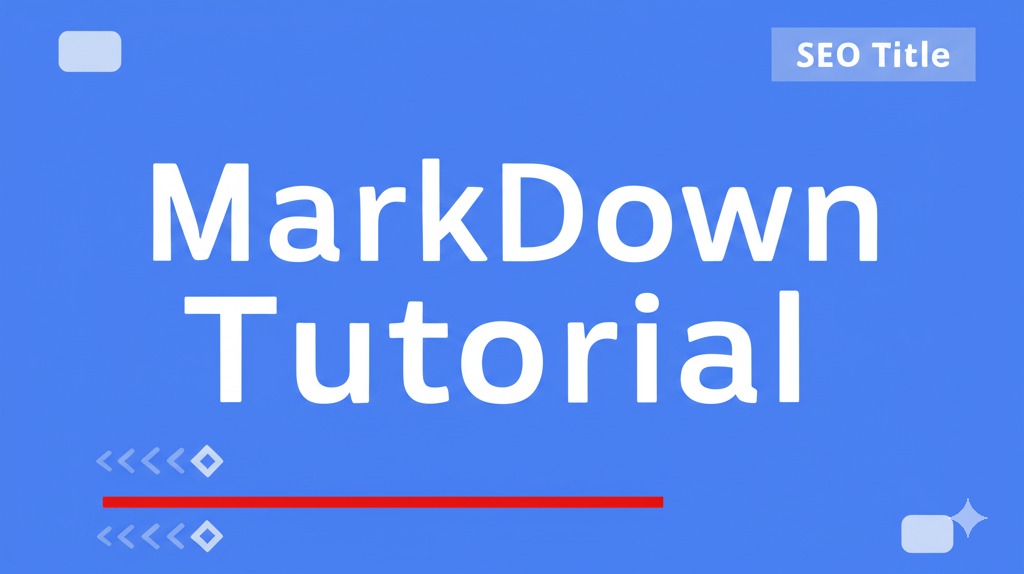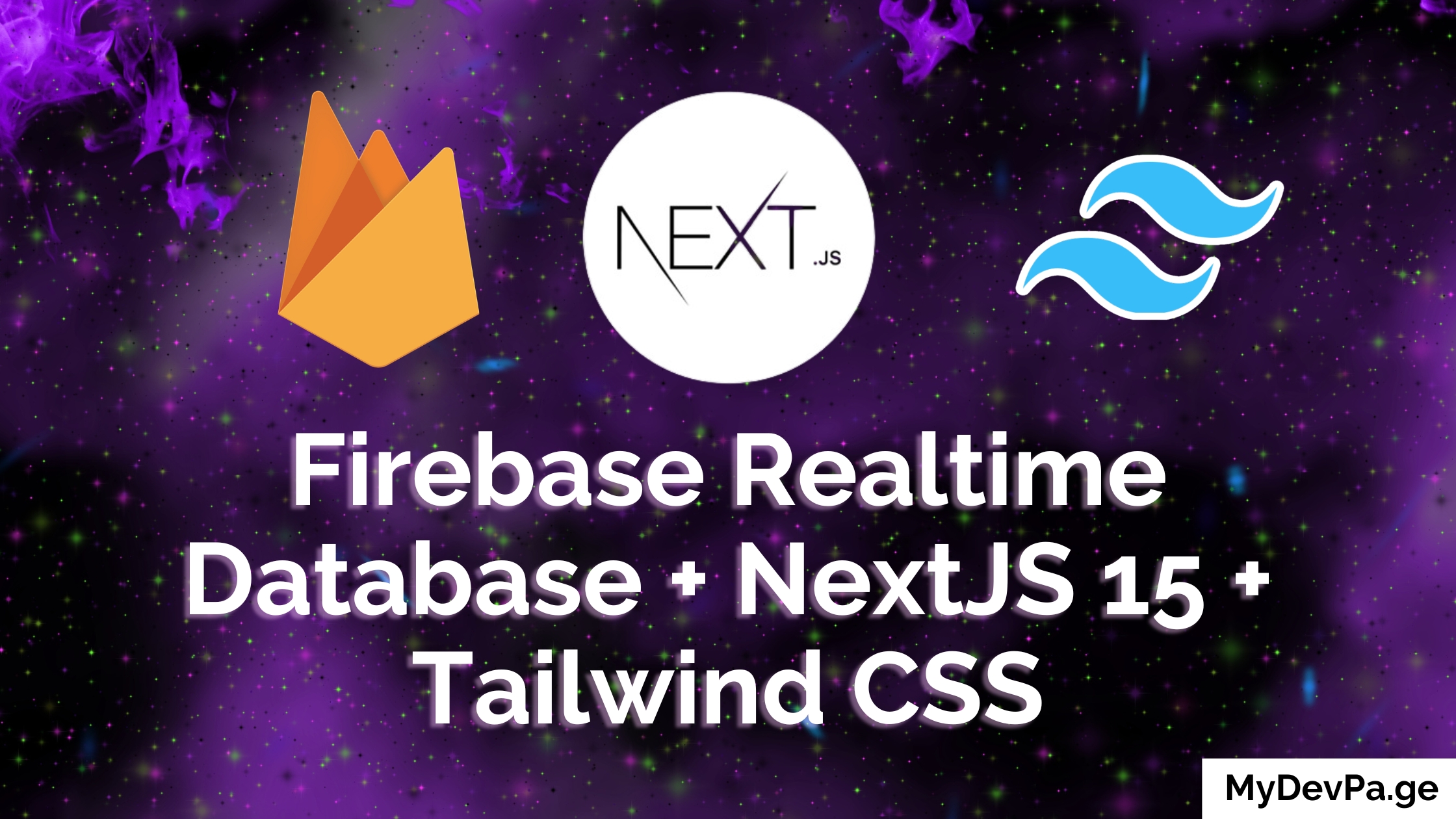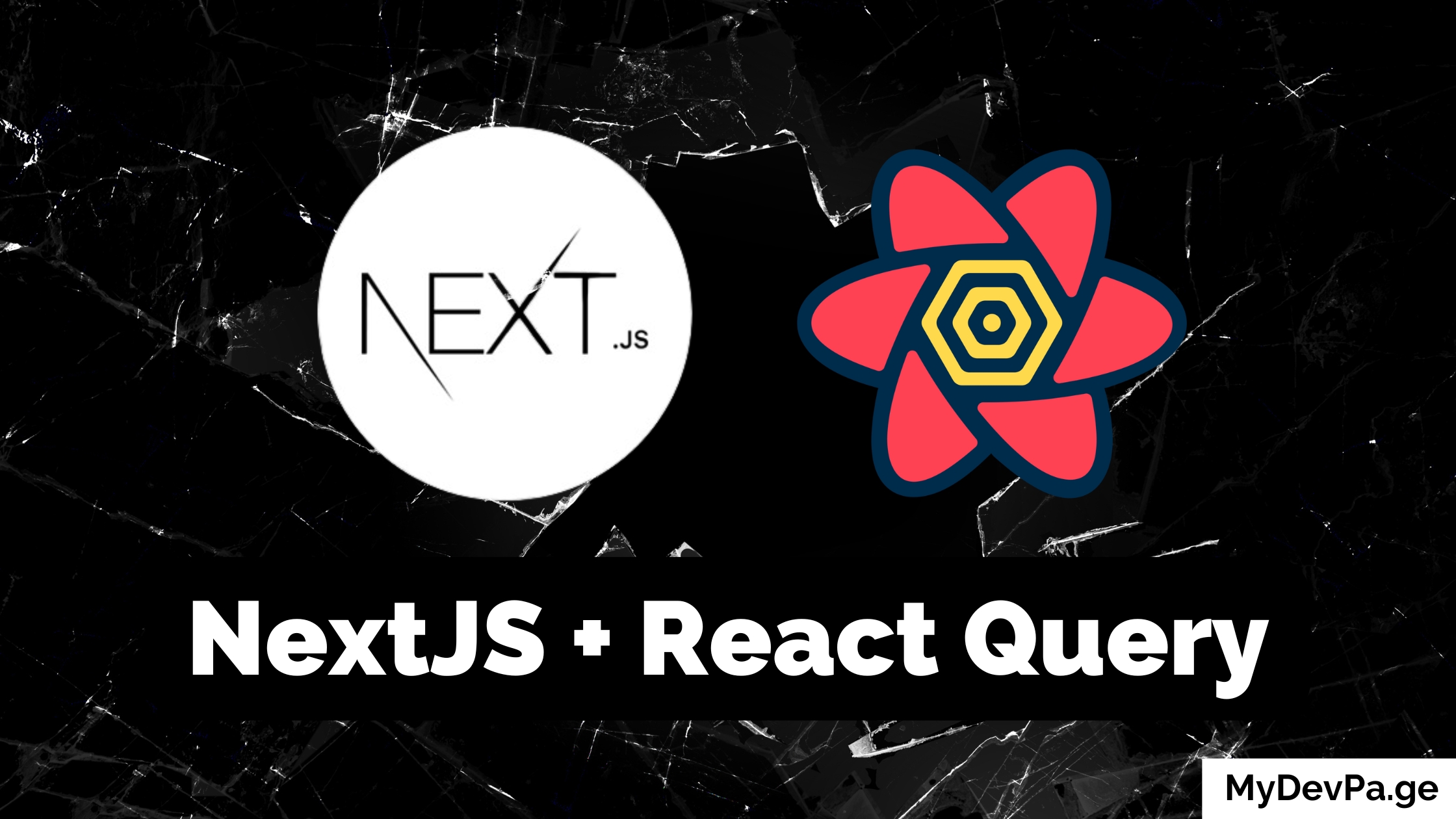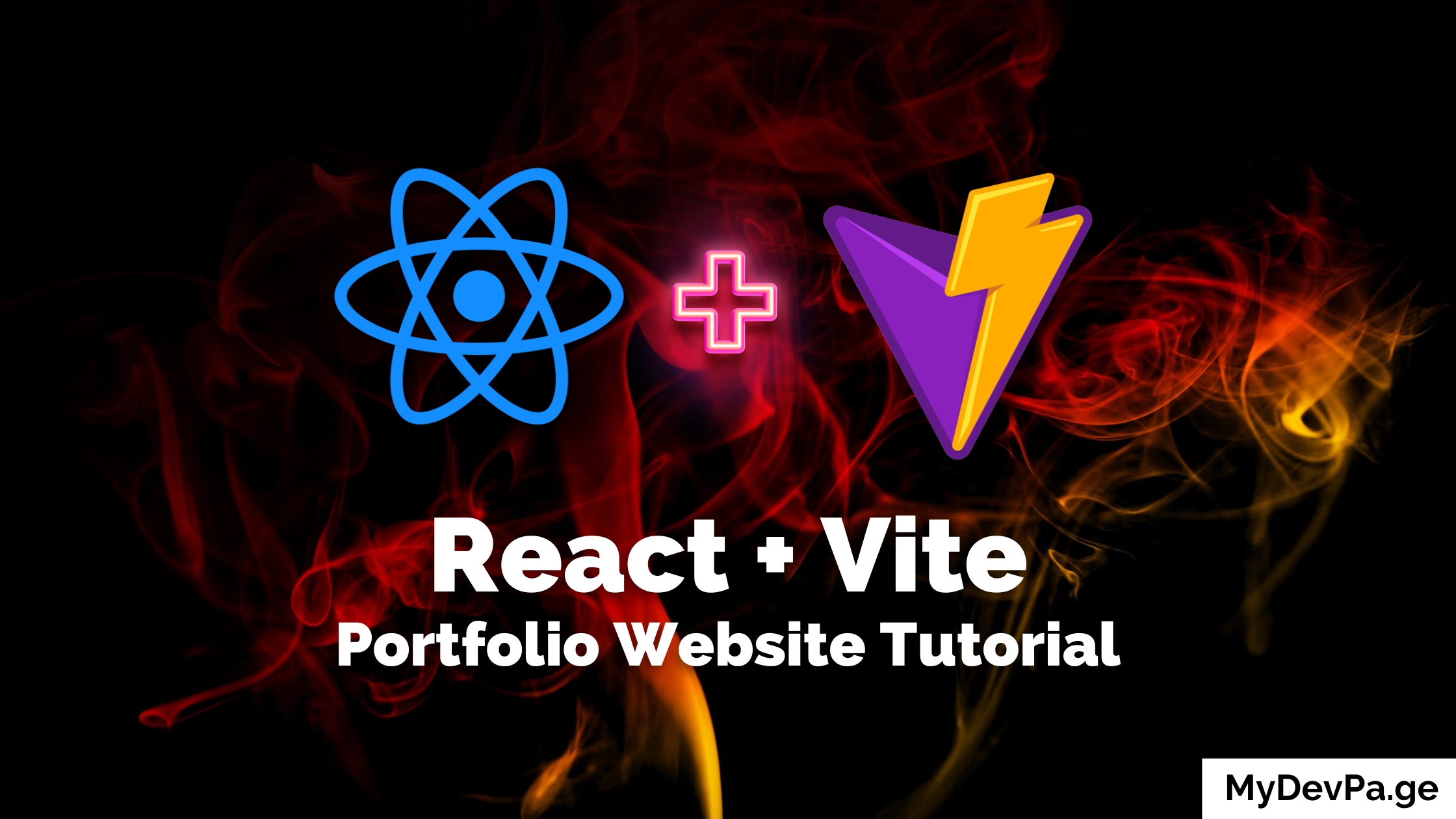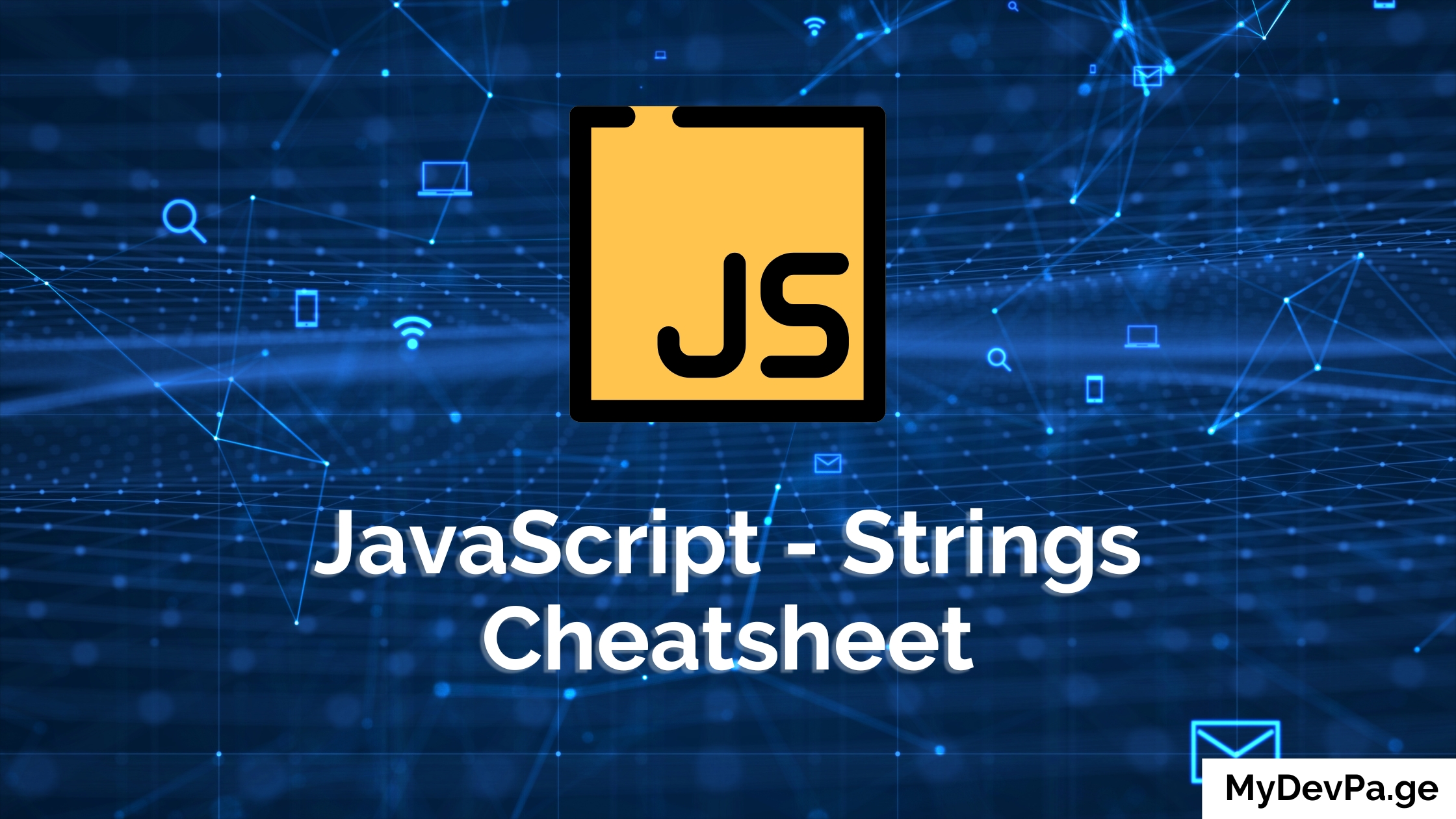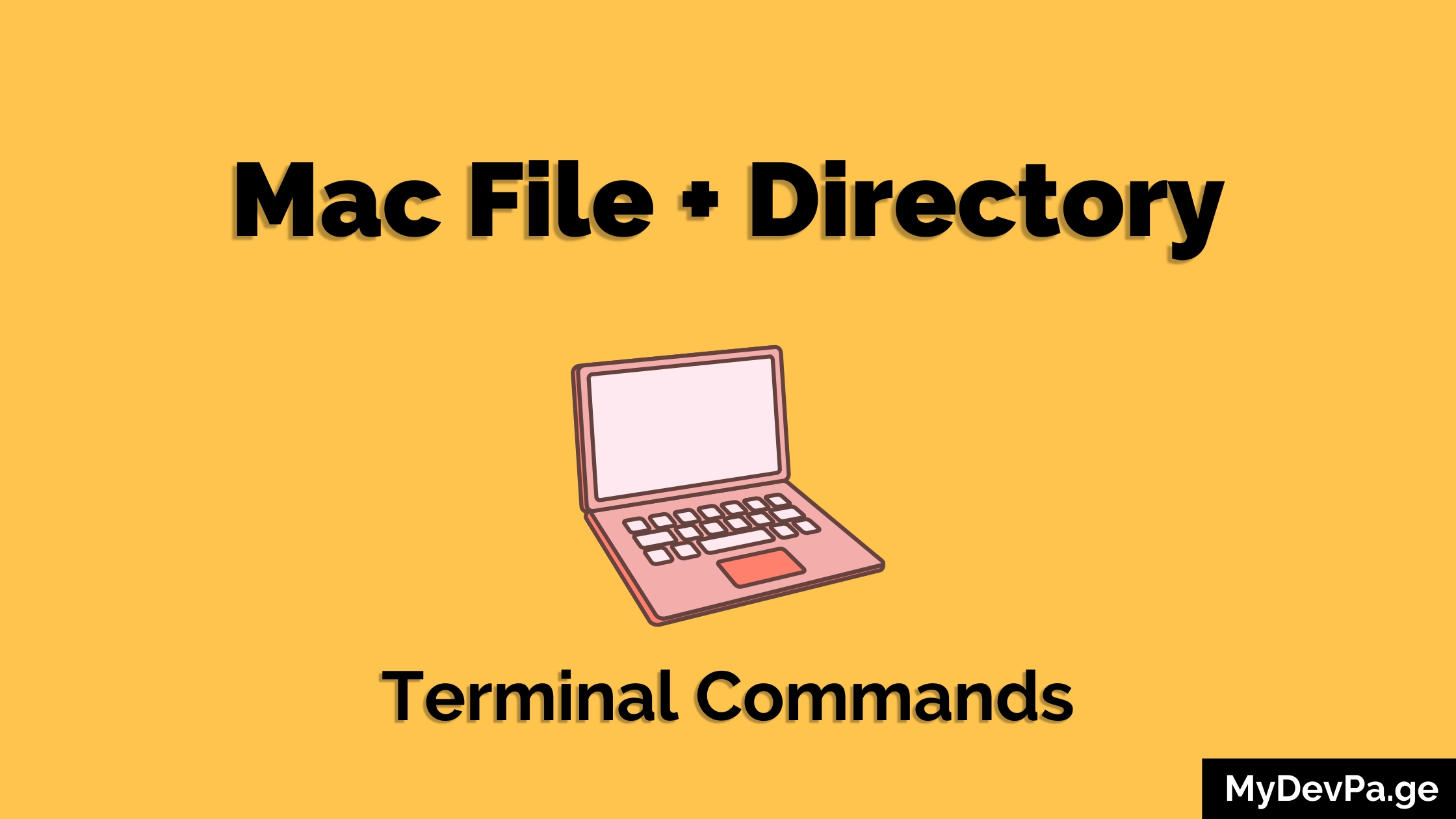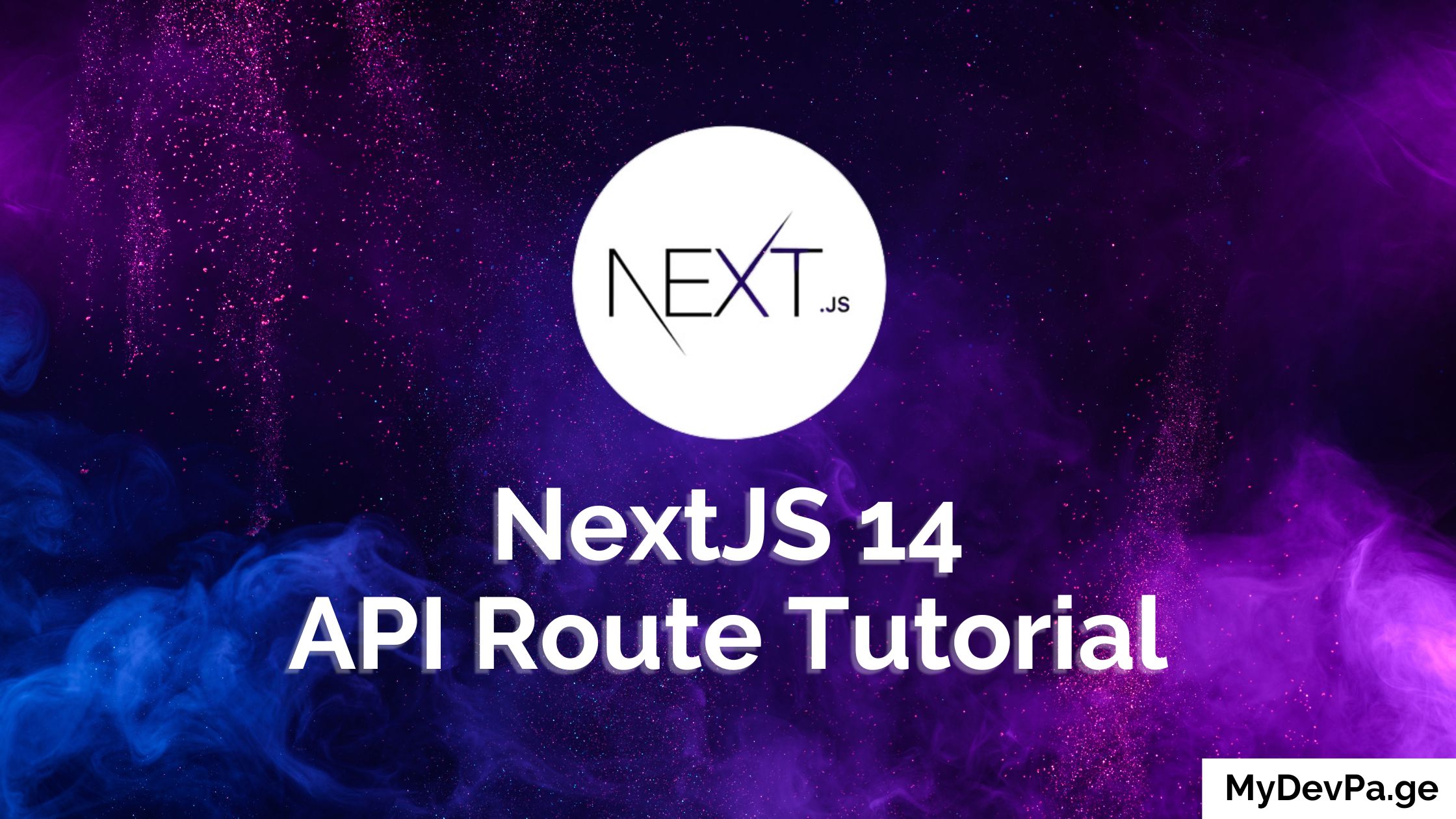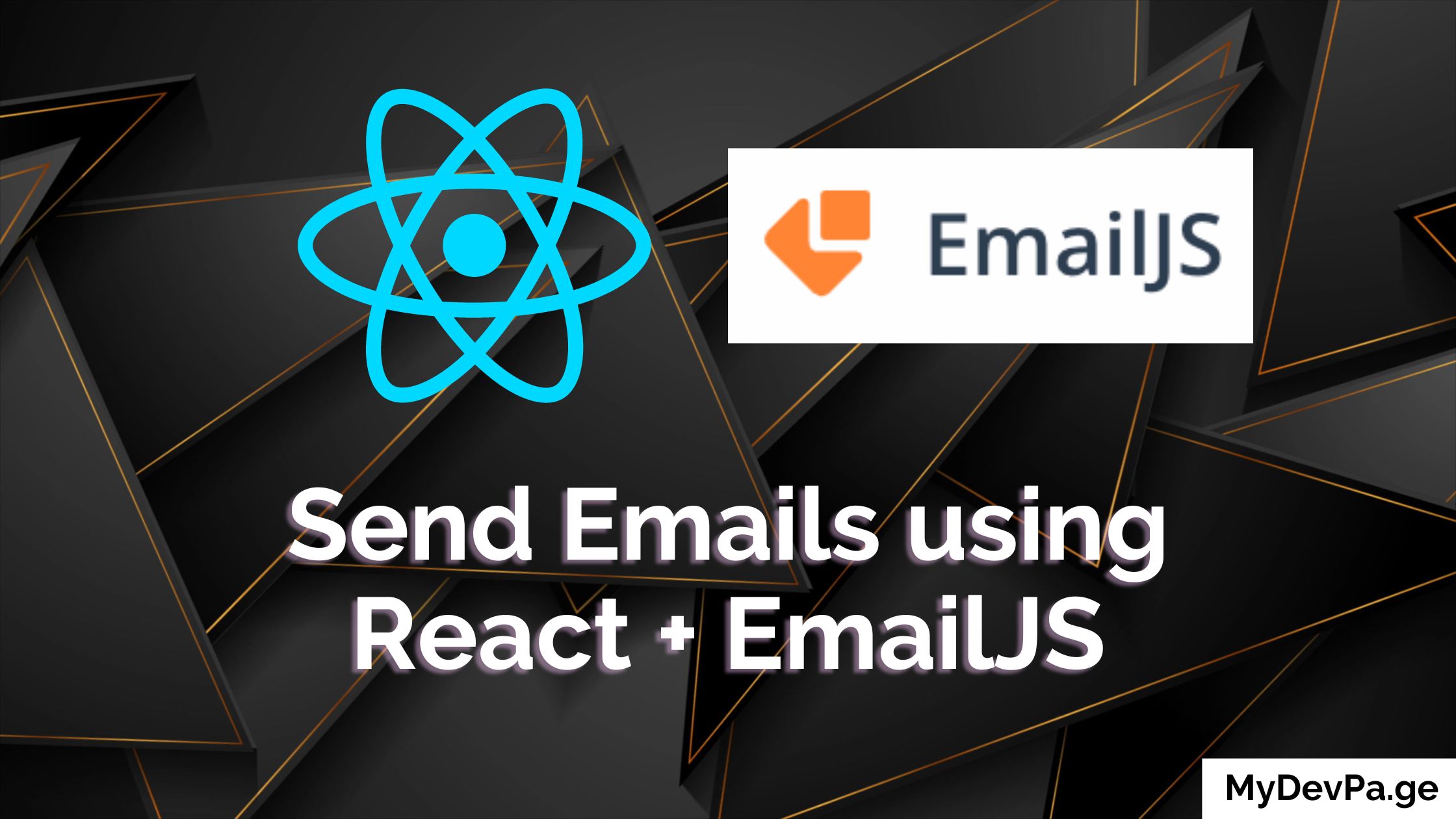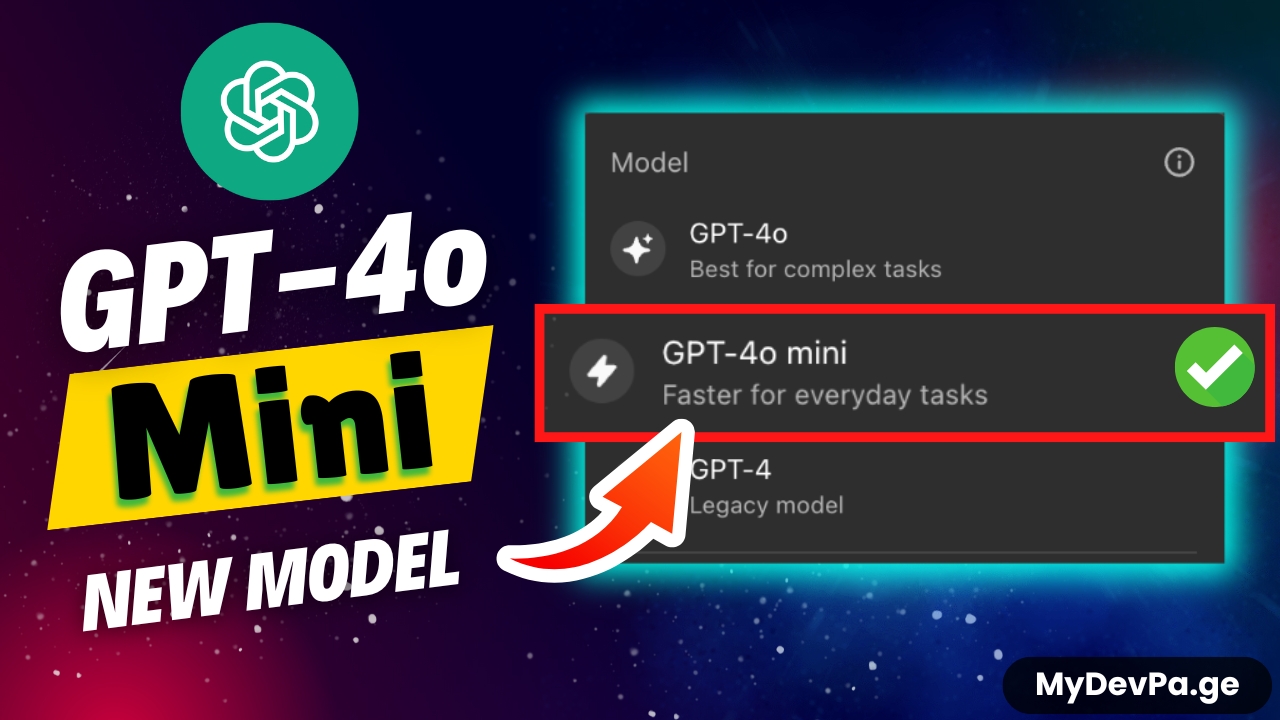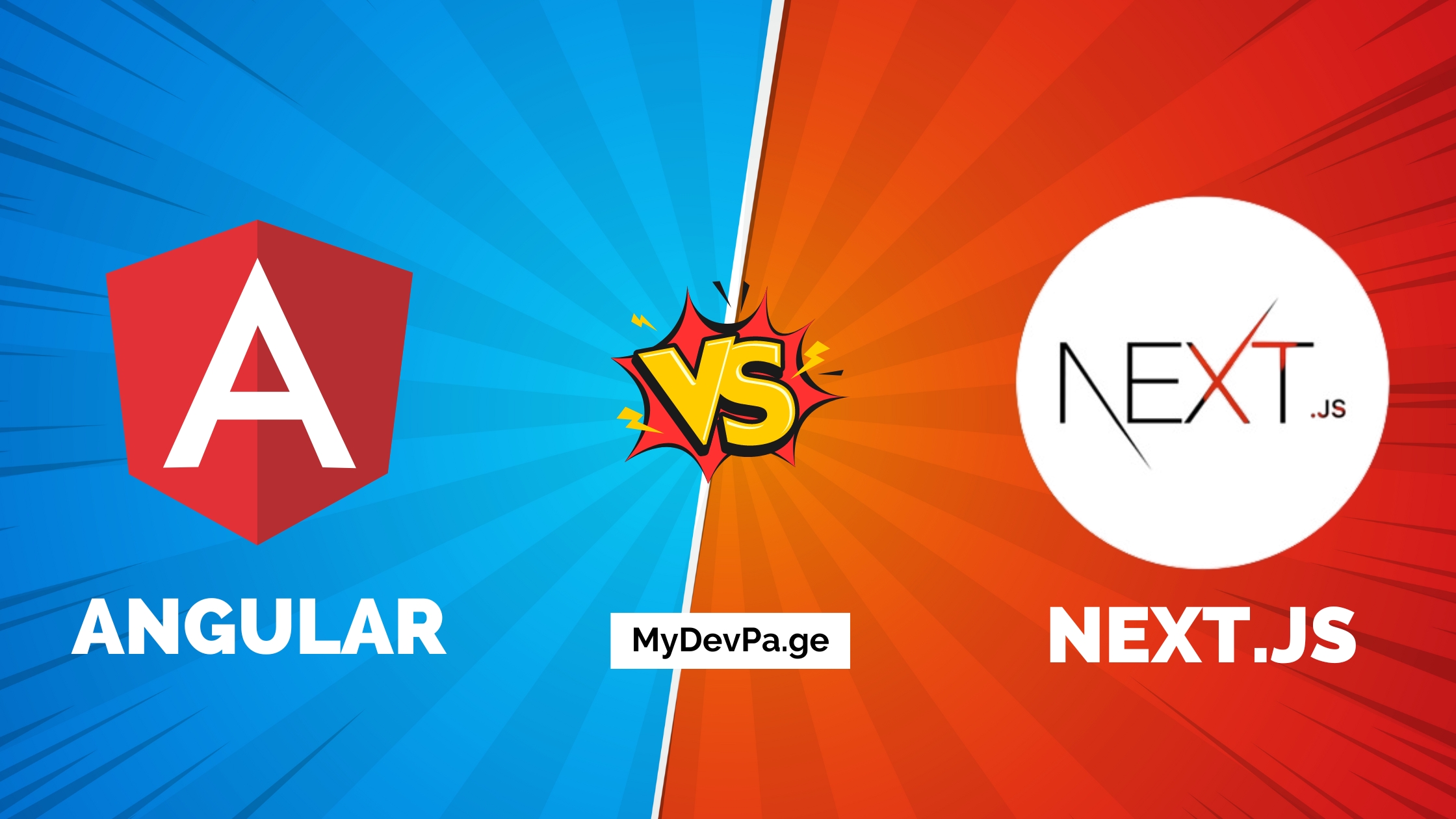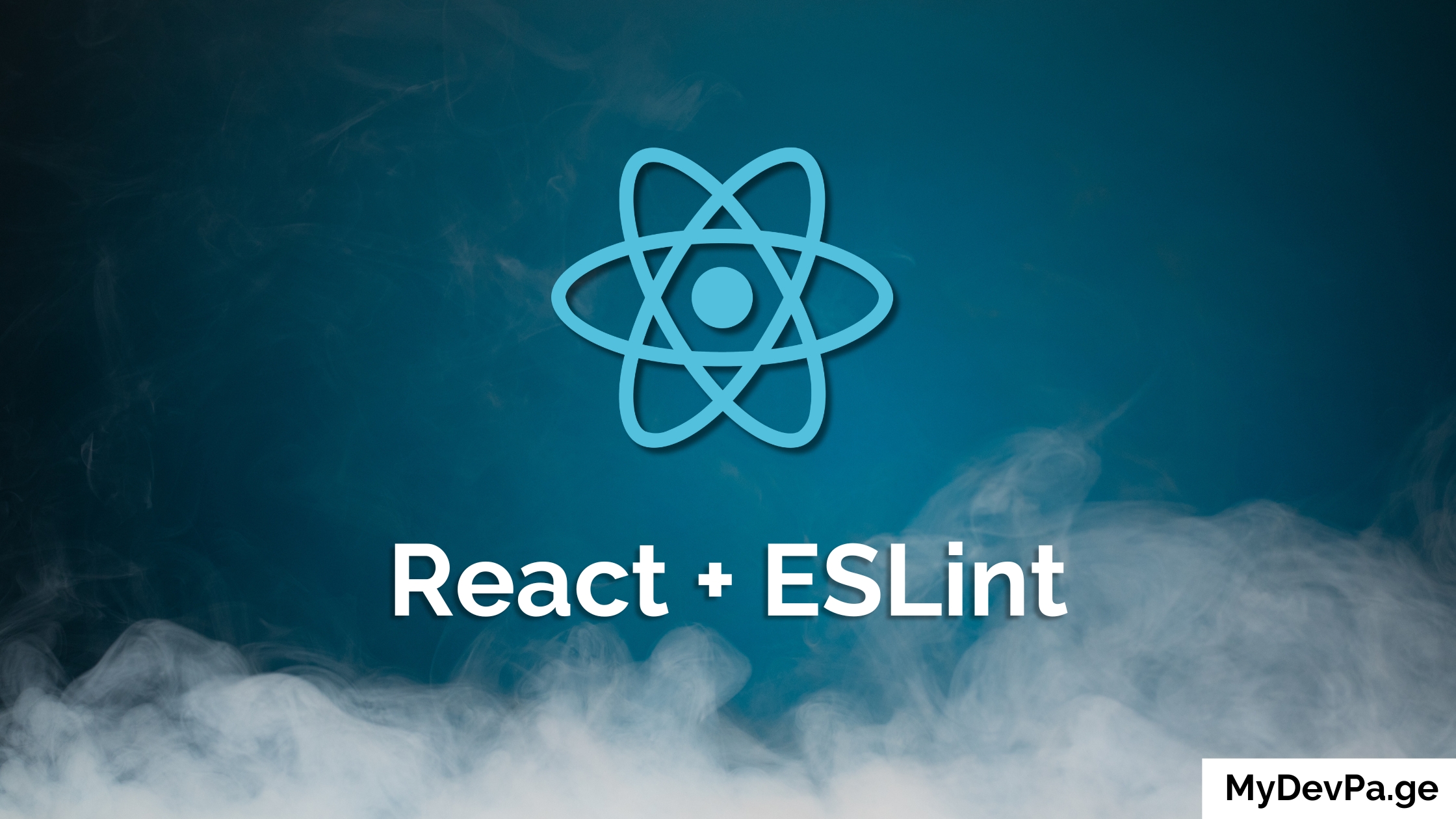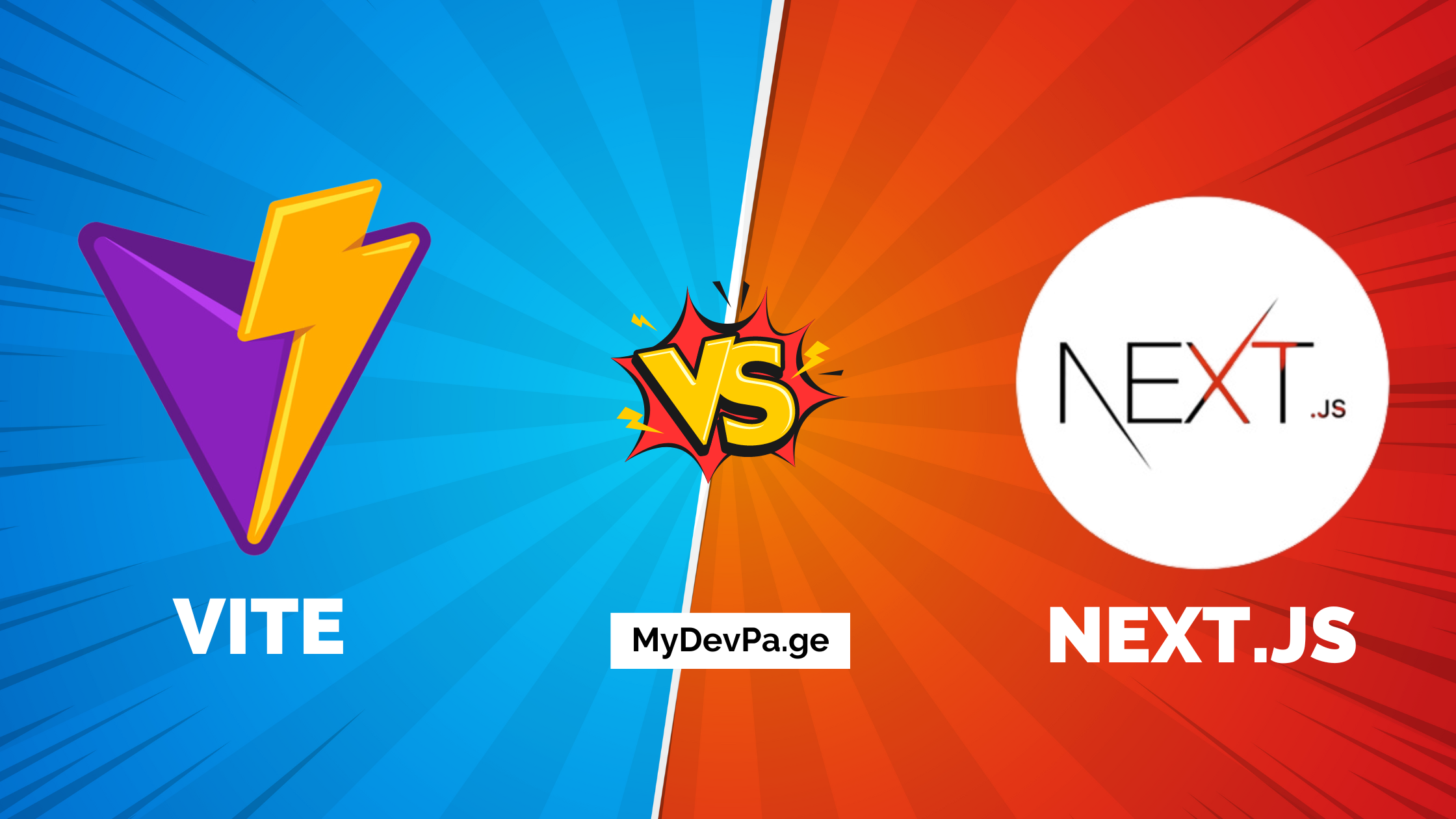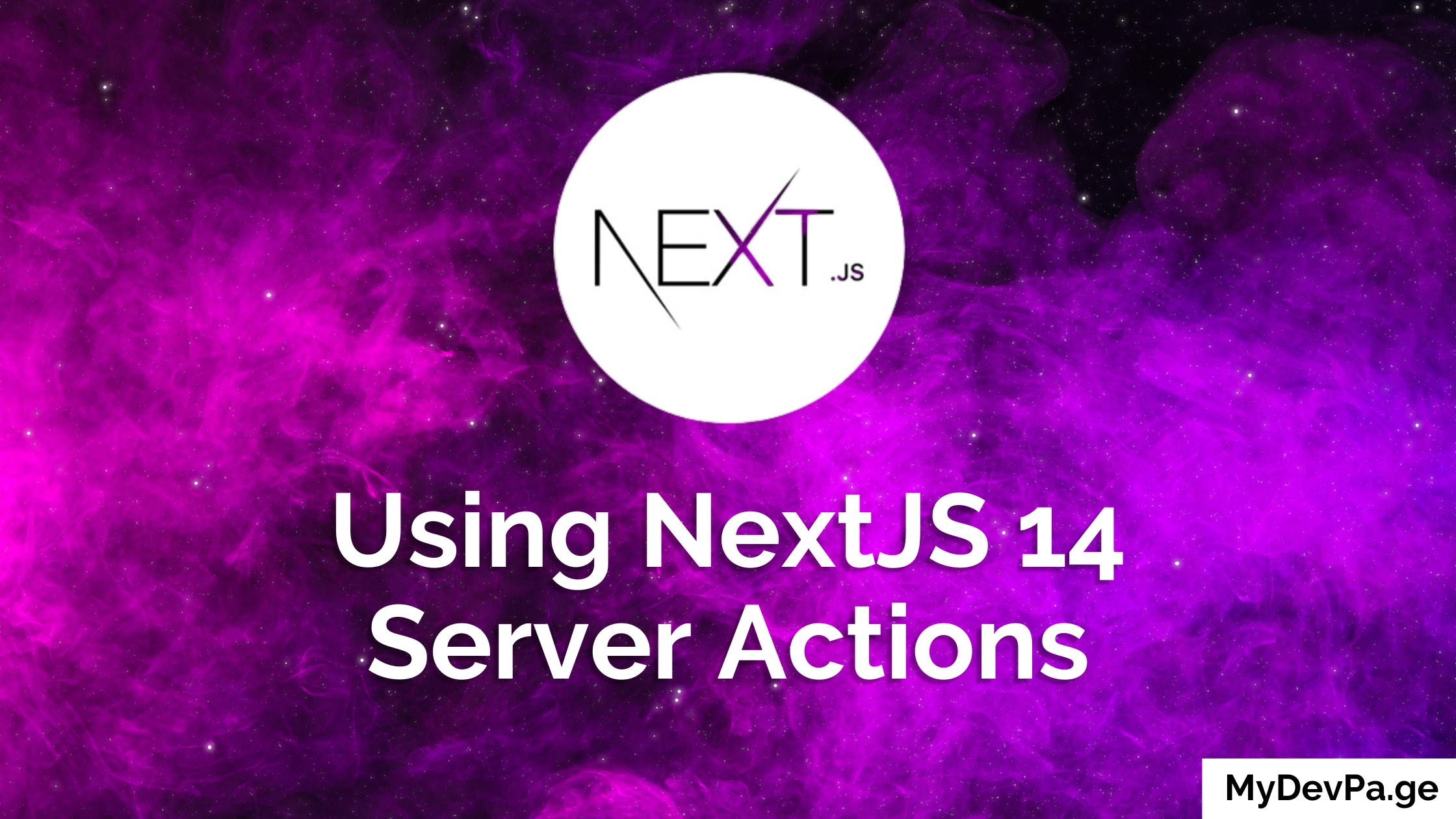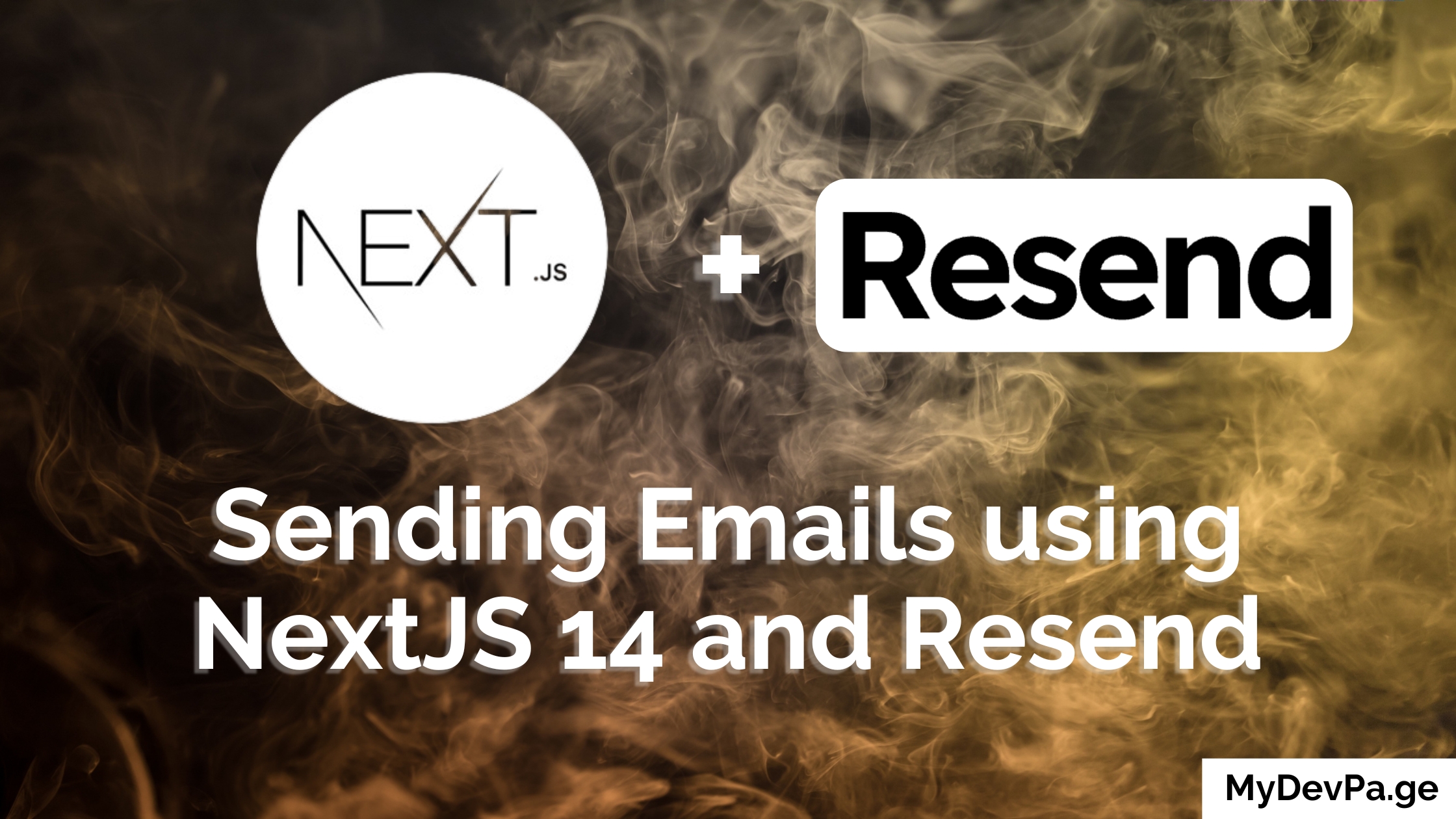So, you have a brilliant idea for a web or mobile application. You've visualized the user interface, the killer features, and how it will solve a real problem. But then reality hits: you need a backend. Suddenly, you're thinking about servers, databases, user authentication, APIs, scaling... the list goes on. It's complex, time-consuming, and can often stall great ideas before they even get started.
What if you could skip most of that complexity? What if you could focus almost entirely on building the amazing frontend experience your users will love? That's where Backend as a Service (BaaS) comes in.
What is Backend as a Service (BaaS)?
Backend as a Service, often shortened to BaaS, is a cloud computing service model that acts as a ready-made backend for your web and mobile applications. Think of it like outsourcing the complex server-side infrastructure and common backend tasks to a third-party provider.

Instead of building and managing your own servers, databases, authentication systems, push notifications, and APIs from scratch, you integrate your frontend application (your website, iOS app, Android app) with the BaaS provider using their Software Development Kits (SDKs) and Application Programming Interfaces (APIs). The BaaS provider handles the underlying infrastructure, maintenance, and scaling for you.
Why Was Traditional Backend Development So Hard?
Before BaaS gained popularity, building a full-stack application involved managing numerous moving parts:
- Server Provisioning: Setting up physical or virtual servers.
- Server Management: Handling operating system updates, security patches, and maintenance.
- Database Setup & Management: Installing, configuring, optimizing, and backing up databases (like PostgreSQL or MySQL).
- API Development: Writing server-side code to handle requests from the frontend (e.g., saving user data, retrieving information).
- Authentication: Building secure login, signup, and user management systems.
- Scalability: Ensuring your backend can handle increasing numbers of users and traffic without crashing.
- Other Services: Implementing features like push notifications, file storage, etc.
This requires significant expertise, time, and ongoing effort – resources that could otherwise be spent perfecting the user-facing application.
How Does BaaS Simplify Development?
BaaS providers abstract away the backend complexities. Here’s the general workflow:
- Choose a Provider: Select a BaaS platform that fits your needs (more on popular options below).
- Integrate SDK: Add the provider's SDK to your frontend codebase (iOS, Android, Web - JavaScript, React, Vue, etc.).
- Utilize APIs: Use the provider's pre-built APIs to perform backend actions directly from your frontend code. For example, calling a function like
auth.signInWithEmailAndPassword(email, password)ordatabase.collection('posts').add(newPost). - Configure via Dashboard: Manage your backend settings, data, users, and rules through the BaaS provider's web-based dashboard.
- Focus on Frontend: With the backend heavy lifting handled, you spend your time building the UI and UX.
The BaaS provider takes care of running the servers, managing the database, ensuring security (at the infrastructure level), and scaling resources automatically as your app grows.
Core Features and Benefits of Using BaaS
Most BaaS platforms offer a suite of common backend functionalities:
- Authentication: Secure user sign-up, login (email/password, social logins like Google/Facebook), and user management.
- Database: Cloud-hosted databases (often NoSQL like Firestore, or sometimes SQL like Supabase offers) for storing and retrieving application data, often with real-time capabilities.
- Cloud Functions (or Serverless Functions): Run custom backend logic in response to events without managing servers (e.g., processing an image after upload, sending a welcome email after signup).
- File Storage: Store user-generated content like images, videos, and other files securely in the cloud.
- Hosting: Many BaaS providers also offer static web hosting for your frontend application.
- Push Notifications: Easily send notifications to mobile app users.
- Analytics: Track app usage and user behaviour.
Key Benefits:
- Faster Development: Reduces backend development time by 60-80% according to developer surveys, with many MVPs launching in weeks instead of months. Enabling quicker launches and iterations. Speed to market is a major advantage.
- Reduced Costs: Eliminates upfront server costs ($50-500/month) and can start free with generous tiers (Firebase: 50,000 reads/day free, Supabase: 500MB database free).
- Scalability: BaaS platforms are built to scale automatically, handling traffic spikes without manual intervention.
- Focus on Core Product: Allows developers and teams to concentrate on building unique frontend features and improving the user experience.
- Simplified Backend Management: No need for dedicated backend engineers or DevOps expertise for many common tasks.
Popular BaaS Providers
Several excellent BaaS platforms are available, each with its strengths:
- Firebase (Google): Perhaps the most well-known BaaS. Offers a comprehensive suite of tightly integrated tools, excellent documentation, real-time database (Firestore/Realtime Database), and seamless integration with Google Cloud. Visit firebase.google.com.
- AWS Amplify (Amazon): Leverages the power of Amazon Web Services. Provides a flexible framework to build backends with features like authentication (Cognito), databases (DynamoDB), APIs (AppSync/API Gateway), and more. Integrates well if you're already in the AWS ecosystem. Visit aws.amazon.com/amplify/.
- Supabase: A popular open-source alternative to Firebase. Built around PostgreSQL, offering a familiar SQL database experience along with authentication, storage, and real-time subscriptions. Offers flexibility and avoids vendor lock-in. Visit supabase.com.
- Appwrite: Another strong open-source BaaS platform focused on ease of use and developer experience. Provides core BaaS features and can be self-hosted or used via their cloud offering. Visit appwrite.io.
- Parse Platform: An open-source backend framework (originally from Facebook) that you can host yourself or use through managed providers. Offers flexibility and control. Visit parseplatform.org.
BaaS Providers Comparison Table

Note: This was accurate at the time of writing and in the future things maybe change with vendors.
When is BaaS a Good Choice?
BaaS is particularly well-suited for:
- MVPs (Minimum Viable Products): Launching quickly to test an idea without heavy backend investment.
- Prototypes: Building functional prototypes rapidly.
- Mobile Applications: Mobile developers can focus on the native app experience.
- Simple Web Applications: Apps that don't require highly complex, custom server-side logic.
- Startups & Small Teams: Limited resources can be focused on the core product.
- Frontend Developers: Empowers frontend developers to build full-stack applications.
Potential Downsides to Consider
While powerful, BaaS isn't a perfect fit for every scenario:
- Vendor Lock-in: Migrating away from a BaaS provider can be challenging and time-consuming. Instagram's early Firebase integration required 6 months and a dedicated team to migrate to their custom backend as they scaled to millions of users. The data export and API rewriting process cost an estimated $200K+ in developer time.
- Limited Customization: Complex or highly specific backend logic might be difficult or impossible to implement.
- Potential Costs at Scale: While often cheap to start, costs can escalate significantly with very high usage. A successful social media app saw Firebase costs jump from $50/month to $15,000/month when they reached 100K daily active users due to database read charges - making custom backend development suddenly cost-effective.
- Data Control/Location: Your data resides on the provider's infrastructure, which might be a concern for certain regulations or preferences. Open-source, self-hostable options like Supabase or Appwrite can mitigate this.
Making the BaaS Decision: A Quick Framework
Choose BaaS when:
- Team has ≤3 backend developers
- Need to launch within 2-3 months
- Expected users <100K in first year
- Standard features (auth, CRUD, file upload)
- Budget <$10K/month for backend
Consider Custom Backend when:
- Complex business logic or integrations
- Strict data compliance requirements (HIPAA, GDPR)
- Expected >500K users within 6 months
- Need specific database performance optimizations
- Long-term cost projections exceed $20K/month
Hybrid Approach: Start with BaaS for rapid validation, plan migration path if you hit 50K+ active users or complex feature requirements.
Conclusion: Accelerate Your App Development
Backend as a Service (BaaS) represents a significant shift in how applications are built, removing traditional backend bottlenecks. By leveraging pre-built components for authentication, databases, storage, and more, developers can dramatically accelerate development cycles, reduce operational overhead, and focus their energy on creating compelling user experiences.
If you're building an MVP, a mobile app, or simply want to launch your next project faster, exploring BaaS platforms like Firebase, AWS Amplify, or Supabase is an investment well worth making. Stop rebuilding the backend basics and start building your application's future today.
